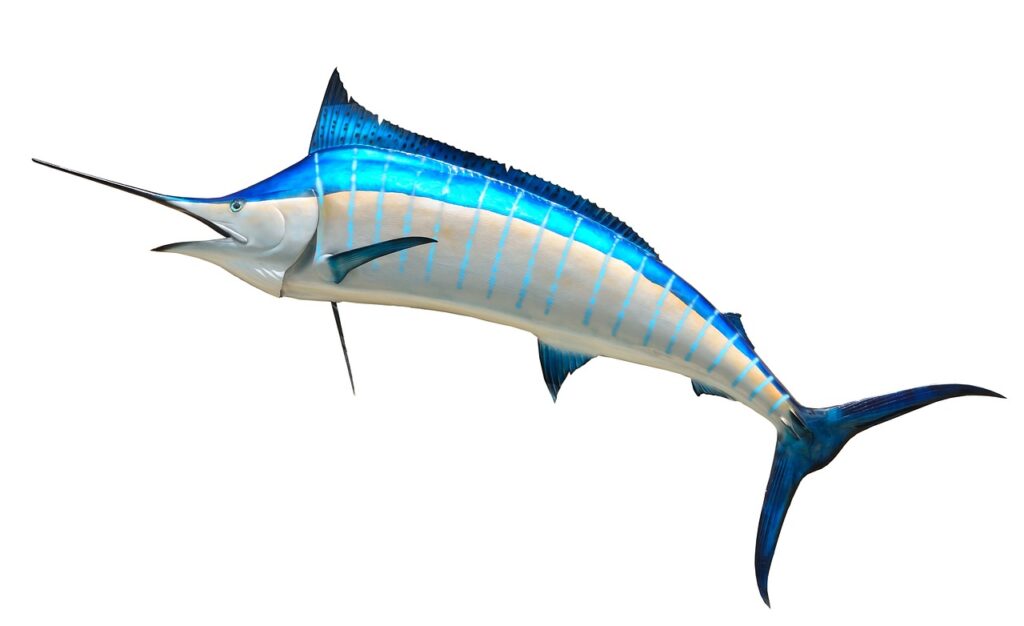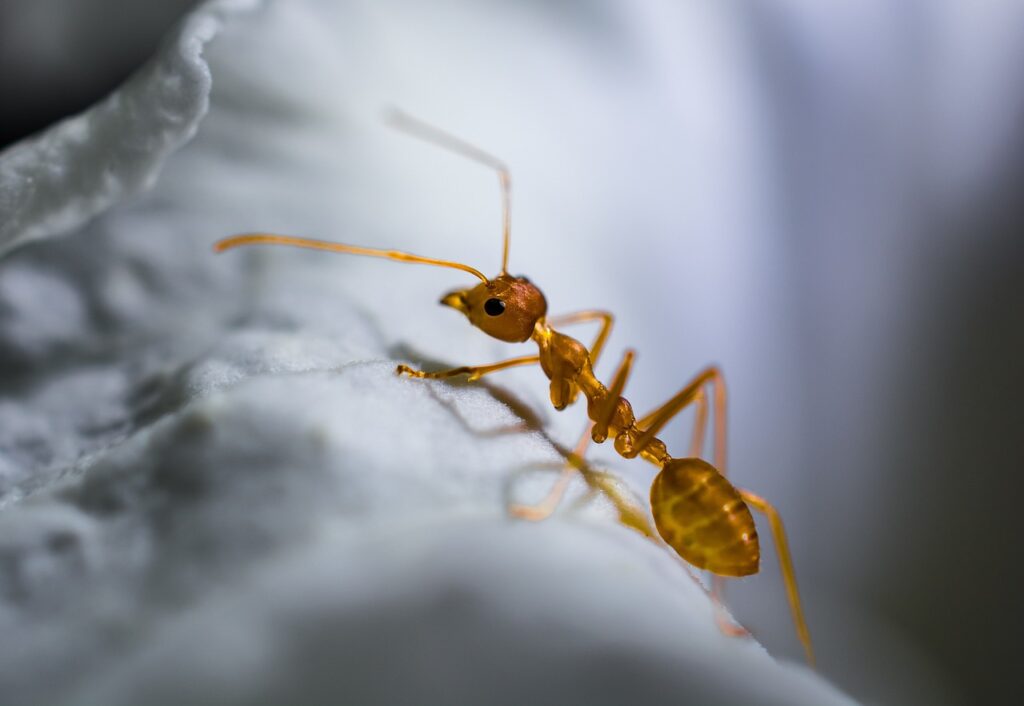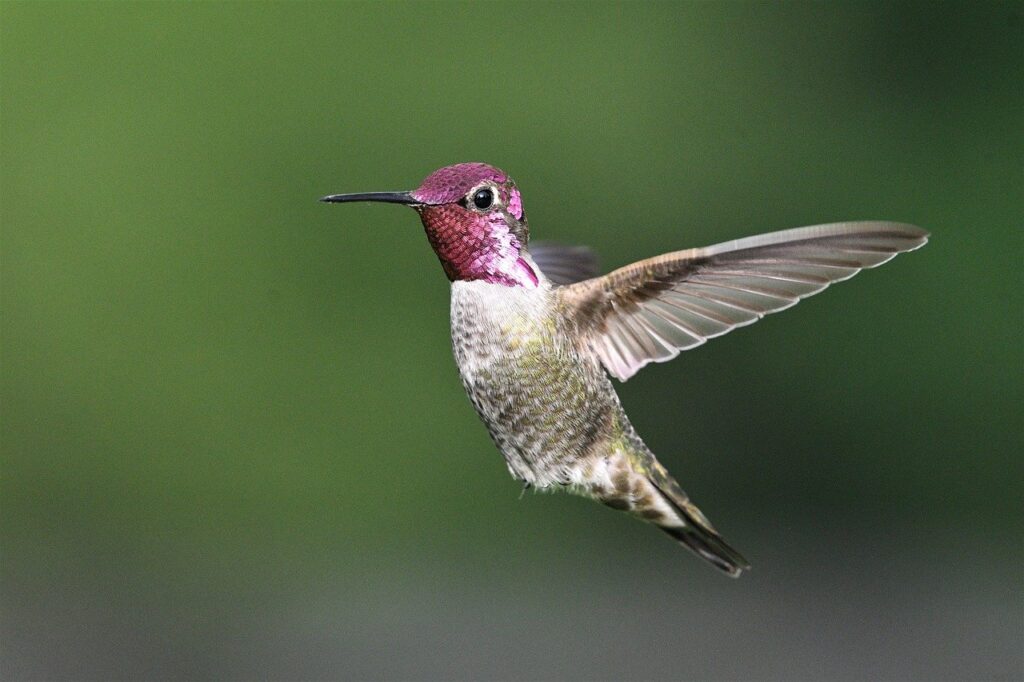The Cheetah: Land Speed Champion

When it comes to the fastest animal in the world, most people’s minds immediately race to the cheetah. But is this spotted sprinter really the speediest creature on Earth? Let’s dive into the world of nature’s speed demons and uncover some surprising facts about animal velocity. You might be shocked to learn that the title of “fastest animal in the world” isn’t as straightforward as you might think!
Let’s start with the obvious contender – the cheetah. This big cat is undoubtedly the fastest land animal, capable of reaching speeds up to 70 mph (112 km/h) in short bursts. That’s faster than most cars can accelerate!
But what makes the cheetah such a speed machine? Here’s the breakdown:
- Lightweight, aerodynamic body
- Long, powerful legs
- Semi-retractable claws for better traction
- Enlarged heart and lungs for increased oxygen intake
- Flexible spine that allows for longer strides
Imagine being able to go from 0 to 60 mph in just three seconds. That’s the cheetah’s superpower!
However, this incredible speed comes at a cost. Cheetahs can only maintain their top speed for about 300-400 meters before they need to rest. It’s like a sprinter versus a marathon runner – all about short bursts of extreme speed.
You can learn more about cheetah conservation efforts at the Cheetah Conservation Fund.
The Peregrine Falcon: Dive-Bombing Speed Demon

Now, let’s shift gears and look to the sky. If we’re talking about pure speed, the peregrine falcon leaves the cheetah in the dust… or should I say, in the clouds?
This bird of prey can reach speeds of up to 240 mph (386 km/h) during its hunting dives, called stoops. That’s more than three times faster than the cheetah!
How does this relatively small bird achieve such mind-boggling speeds? It’s all about:
- Streamlined body shape
- Stiff, narrow wings
- Strong flight muscles
- Specialized respiratory system
Imagine skydiving without a parachute – that’s essentially what the peregrine falcon does when it spots its prey. It climbs to great heights, then plummets in a controlled dive, pulling up at the last second to snatch its unsuspecting victim.
The Sailfish: Speedster of the Seas

But wait, we’re not done yet! Let’s dive into the ocean and meet the sailfish, often considered the fastest animal in the water.
Sailfish can reach speeds of up to 68 mph (110 km/h), which is pretty impressive considering they’re swimming through water, not air. These oceanic speedsters use their distinctive sail-like dorsal fin to help them maneuver at high speeds.
What makes the sailfish so swift? Here’s the scoop:
- Streamlined, torpedo-shaped body
- Retractable fins to reduce drag
- Powerful muscles
- Ability to change body temperature for bursts of speed
Imagine being able to outswim Michael Phelps… while he’s in a speedboat! That’s the kind of speed we’re talking about with sailfish.
For more information on these amazing creatures, check out NOAA Fisheries.
But wait, we’re not done yet! Let’s dive into the ocean and meet the sailfish, often considered the fastest animal in the water.
Sailfish can reach speeds of up to 68 mph (110 km/h), which is pretty impressive considering they’re swimming through water, not air. These oceanic speedsters use their distinctive sail-like dorsal fin to help them maneuver at high speeds.
What makes the sailfish so swift? Here’s the scoop:
- Streamlined, torpedo-shaped body
- Retractable fins to reduce drag
- Powerful muscles
- Ability to change body temperature for bursts of speed
Imagine being able to outswim Michael Phelps… while he’s in a speedboat! That’s the kind of speed we’re talking about with sailfish.
The Surprising Contenders: Speed in Unexpected Places
Now that we’ve covered the well-known speed demons, let’s look at some surprising contenders for the title of fastest animal in the world.
The Dracula Ant: Fastest Movements in the Animal Kingdom

Hold onto your hats, because this one’s a doozy. The Dracula ant, named for its habit of drinking the blood of its own larvae (yikes!), holds the record for the fastest animal movement.
Its mandibles can snap shut at speeds of up to 200 mph (320 km/h). That’s right, this tiny ant can move its jaws faster than a formula one race car!
How does it achieve this incredible feat? It’s all about stored energy:
- The ant presses its mandibles together, building up tension
- When released, this tension causes the mandibles to spring apart at incredible speed
- This “snap-jaw” mechanism is used for both hunting and defense
Imagine if you could move your arm so fast it broke the sound barrier. That’s essentially what the Dracula ant is doing with its mandibles!
The Anna’s Hummingbird: Extreme G-Force Survivor

While not the fastest in terms of pure speed, the Anna’s Hummingbird deserves a mention for its incredible aerial maneuvers.
During its courtship displays, this tiny bird can experience forces up to 10 G’s – that’s more than fighter pilots can handle without special equipment!
How does it achieve this?
- Diving from a great height
- Pulling up sharply at the last second
- Using its tail feathers to create a loud “chirp”
It’s like being on the world’s most extreme roller coaster, but without the track!
The Science Behind Speed: What Makes These Animals So Fast?
Now that we’ve met some of nature’s speedsters, let’s delve into the science behind their incredible velocities.
What factors contribute to an animal’s speed?
- Body shape: Streamlined bodies reduce air or water resistance
- Muscle power: Strong muscles provide the necessary force
- Skeletal structure: Adaptations like long legs or flexible spines can increase stride length
- Cardiovascular system: Efficient hearts and lungs provide the necessary oxygen for high-speed pursuits
- Nervous system: Quick reflexes are crucial for navigating at high speeds
It’s like having the perfect race car – every part needs to work in harmony to achieve maximum speed.
Speed in Context: Why Being the Fastest Isn’t Always Best
While we’ve been focusing on the fastest animal in the world, it’s important to remember that speed isn’t everything in nature.
Many animals have evolved to be “fast enough” rather than the absolute fastest. After all, what good is being able to run at 70 mph if you can only do it for a few seconds?
Consider these examples:
- Wolves: Not as fast as their prey, but can maintain a steady pace for long distances
- Great white sharks: Slower than many fish, but use surprise and power to their advantage
- Humans: Not particularly fast, but excel at endurance running
It’s like the tortoise and the hare – sometimes slow and steady really does win the race!
The Human Factor: How Do We Stack Up?
Speaking of humans, how do we compare to the fastest animal in the world?
The fastest human, Usain Bolt, reached a top speed of about 27.8 mph (44.7 km/h) during a 100-meter sprint. That’s impressive, but it’s still only about a third of a cheetah’s top speed.
However, humans have some unique adaptations that make us impressive in our own right:
- Endurance running: We can maintain a steady pace for hours
- Sweating: Allows us to regulate body temperature during long runs
- Tool use: We’ve invented bicycles, cars, and planes to go even faster
So while we might not be the fastest animal in the world, we’ve found our own ways to pick up the pace!
FAQs About the Fastest Animal in the World
Let’s address some common questions about animal speed:
Q: Is the cheetah really the fastest land animal? A: Yes, the cheetah is the fastest land animal over short distances.
Q: What’s the fastest flying bird? A: The peregrine falcon is the fastest bird and animal overall, reaching speeds up to 240 mph during hunting dives.
Q: How fast can a human run? A: The fastest recorded human speed is 27.8 mph, achieved by Usain Bolt.
Q: Are there any fast sea creatures? A: Yes, the sailfish can reach speeds up to 68 mph in water.
Q: Do any insects make the list of fastest animals? A: While not the fastest overall, the Dracula ant has the fastest recorded movement of any animal with its mandible snap.
The Future of Speed: Climate Change and Animal Velocity
As we look to the future, it’s important to consider how climate change might affect the fastest animal in the world and other speedy creatures.
Changes in temperature and habitat can have significant impacts on animal speed:
- Warmer temperatures might make it harder for some animals to maintain high speeds
- Changes in terrain due to climate shifts could affect running speeds
- Alterations in prey distribution might influence the need for speed in predators
It’s like changing the conditions on a race track – it can have a big impact on performance.
For more information on how climate change affects wildlife, check out the World Wildlife Fund.
Conservation Efforts: Protecting Nature’s Speedsters
Many of the fastest animals in the world face threats from habitat loss, climate change, and human activities. Conservation efforts are crucial to ensure these amazing creatures continue to thrive.
Here are some ways we can help:
- Support wildlife conservation organizations
- Reduce our carbon footprint to mitigate climate change
- Advocate for protected areas and wildlife corridors
- Promote sustainable tourism that doesn’t disrupt animal habitats
Remember, every little bit helps when it comes to conservation!
Conclusion: The Race Never Ends
As we’ve discovered, the title of “fastest animal in the world” isn’t as simple as it might seem at first glance. From the cheetah’s incredible land speed to the peregrine falcon’s death-defying dives, nature has produced an amazing array of speedy creatures.
Whether it’s the sailfish slicing through the waves or the tiny Dracula ant with its lightning-fast mandibles, these animals remind us of the incredible diversity and adaptability of life on Earth.
So the next time someone asks you about the fastest animal in the world, you can wow them with your knowledge of nature’s speed demons. Just remember, in the grand race of survival, it’s not always about being the fastest – it’s about being perfectly adapted to your environment.
And who knows? Maybe someday we’ll discover an even faster creature lurking in some unexplored corner of our planet. After all, when it comes to the wonders of nature, the race for discovery never really ends!